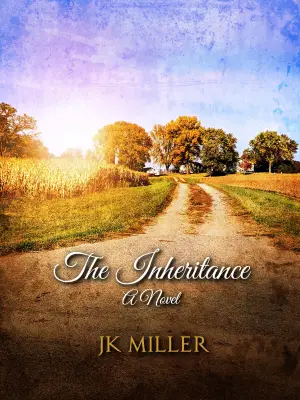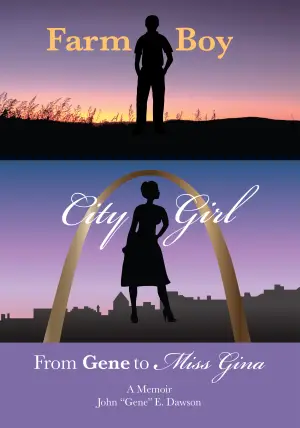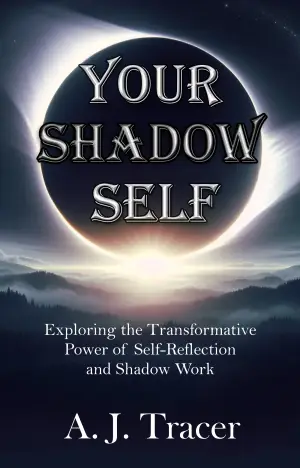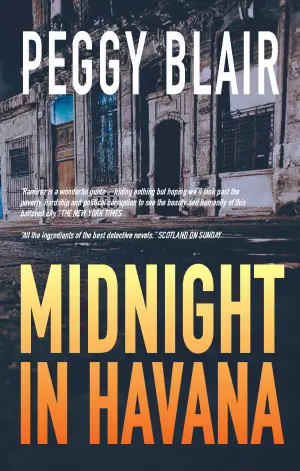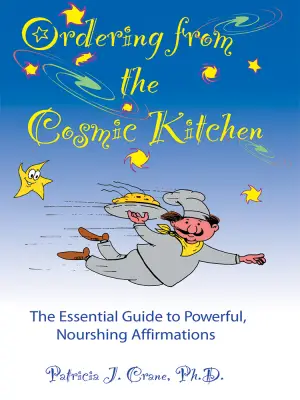A Journey Through Shadows: Reflecting on The Buffalo Hunter Hunter
When I first caught wind of Stephen Graham Jones’ The Buffalo Hunter Hunter, I felt that unsettling mixture of anticipation and curiosity; I could hardly ignore a book positioned as “the burning iron used to cauterize a wound by campfire light.” As a fan of genre-bending stories, the juxtaposition of heart-rending historical truths with the lore of vampires was irresistible. This novel doesn’t shy away from the darkest corners of American history, and it confronts those horrors with both a visceral intensity and a poetic tenderness that left me reflecting long after the last page.
At its core, The Buffalo Hunter Hunter is a complex meditation on trauma and history, intertwining the narratives of three pivotal characters—Good Stab, Pastor Beaucarne, and Etsy, a great-great-granddaughter capturing voices from the past. The story unfolds through an epistolary format, a nod to Dracula, that offers authenticity and richly layered storytelling. Each character holds a mirror to the others, revealing deep scars and profound resilience. Good Stab, for example, embodies the struggles of cultural identity, while Pastor Beaucarne’s conflicting emotions toward the Blackfeet are rendered with heartbreaking complexity. What I found beautifully haunting was how Graham Jones allows us to see their vulnerabilities alongside their predatory instincts—this duality makes them human, yet otherworldly.
The writing style is a marvel in itself. Graham Jones expertly captures two distinct voices, that of the pastor and Good Stab, intertwining them with an awe-inspiring attention to detail. There were moments when Beaucarne’s nuanced contempt for the Blackfeet transformed into a grudging admiration that seemed to encapsulate the larger themes of ownership and guilt intrinsic to America’s past. The writing never shied away from violence, either; scenes of terror and heartbreak were painted in vivid strokes, creating a tapestry that was as beautiful as it was disturbing. Jones’ careful pacing allowed me to savor every character development, though there were moments, particularly following the climactic scene, where the narrative felt a tad prolonged. Still, it all mattered; it felt like building towards something monumental.
My favorite takeaway from the novel was its exploration of identity through the lens of history. There’s an elegance to the central themes of genocide, land ownership, and the burdens of bloodlines that Graham Jones unwraps without offering easy answers; instead, he provides a haunting echo of questions that linger long after the novel concludes. This duality—both a witness to the atrocities and an exploration of the present—is palpable in every epistolary entry, a reminder that history does not remain static.
To say that The Buffalo Hunter Hunter is simply a vampire story would be a gross understatement. It is a tale about lineage, scars, and the ghosts that haunt us. This book will resonate deeply with those who appreciate a thoughtful blend of horror and historical reflection—a work that refuses to let its readers turn away from hard truths. I can wholeheartedly recommend it to anyone craving a narrative that challenges perceptions and evokes emotional responses.
In short, my reading experience was profound—a labor of love that illuminated the darkness while instilling hope, urging us to continue the conversation about our shared past. Thank you, Stephen Graham Jones, for allowing us to be witnesses, and for pushing the boundaries of genre into new and meaningful territories.
Discover more about The Buffalo Hunter Hunter on GoodReads >>

